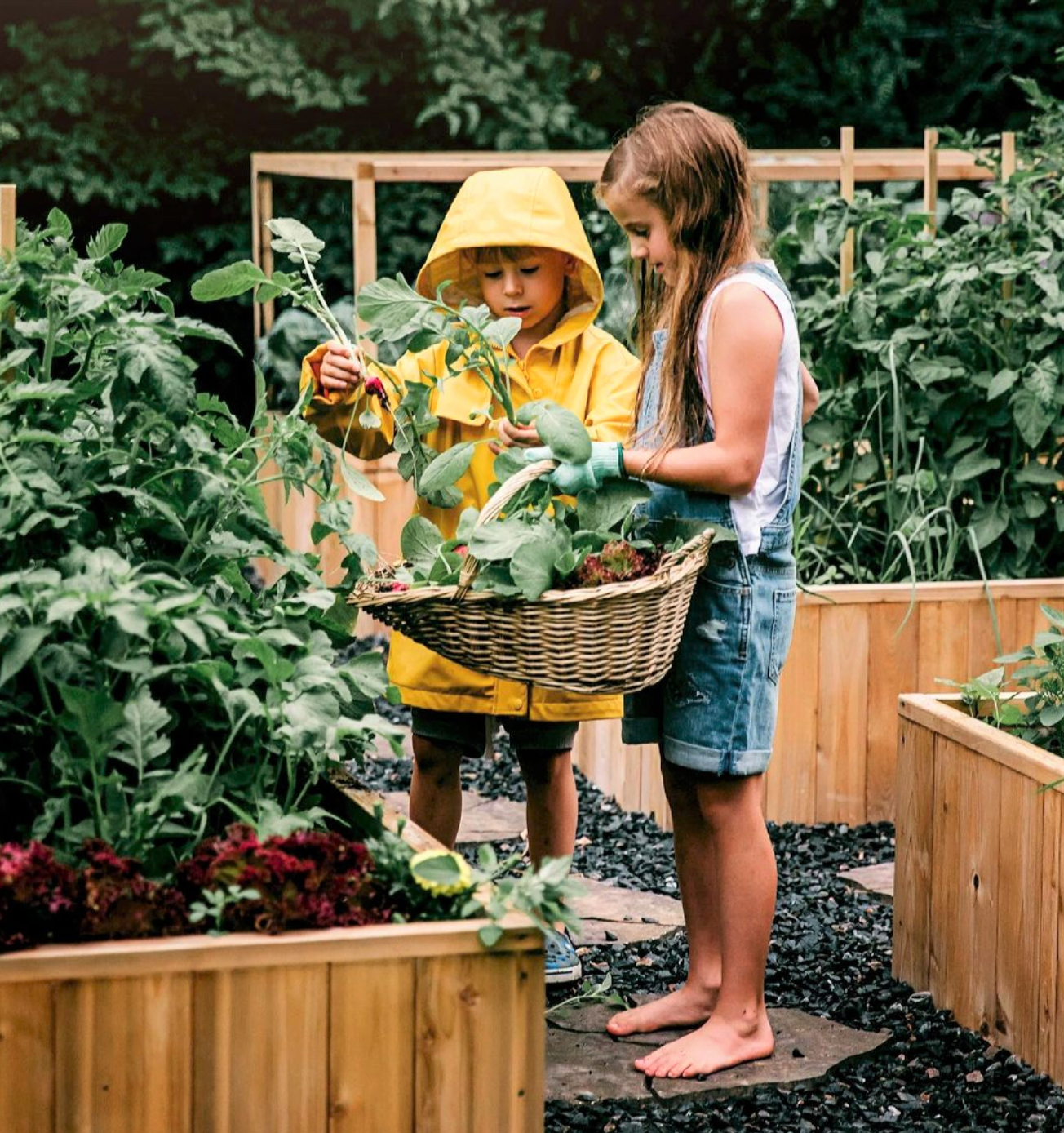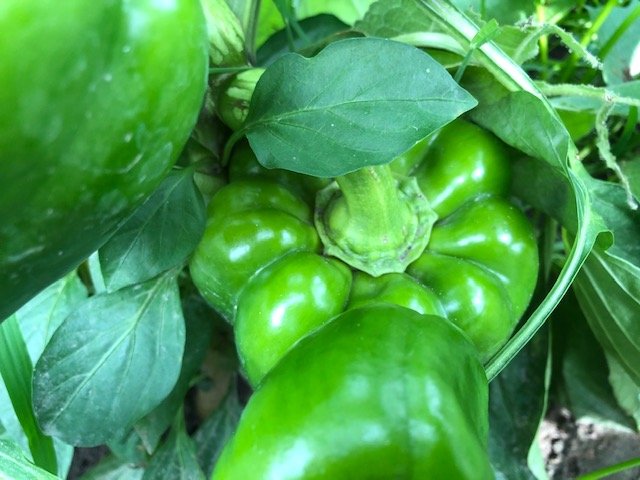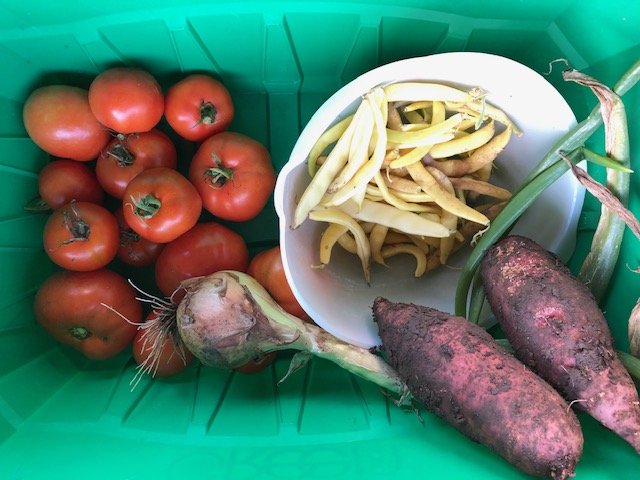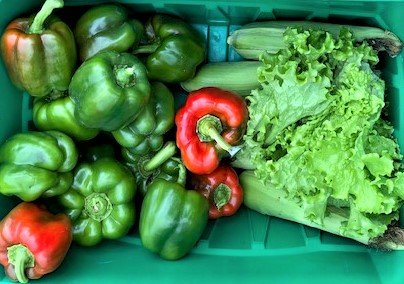By Jessica Scott-Reid
Jessica is a Canadian writer, animal advocate and plant-based food expert. Her work appears regularly in media across Canada and the US.
Food is becoming expensive. Most of us are paying more for a bag of groceries today than ever before. This price inflation also comes after major food scarcity concerns caused by the pandemic (remember canned-veg hoarding circa 2020?), all resulting in more people wanting to take food security into their own hands and grow their own.
But the thought of growing food at home to help supplement those increasingly costly trips to the supermarket can be daunting. Sure, many of us can grow a few tomatoes each summer, but what about producing a real yield to feed the family over the winter? One home gardening pro says it can be done, and it may be easier than you think.
A 2020 study by the Agri-Food Analytics Lab at Dalhousie University, in partnership with Angus Reid, found that nearly one in five Canadians started growing food at home during the pandemic. A subsequent survey commissioned by Tower Garden (a great indoor food-growing tool) of 2,000 Americans in 2021, found that 65% of respondents had at least attempted to grow their own produce during the prior year.
While 70% of respondents from the Tower Garden survey said they took up gardening to have more control over their food, popular home gardening influencer Robyn Chubey, believes it’s also been about seeking joy during difficult times. And she gives much credit to social media for making gardening more accessible.
Photo: life_of_glow
“People had more time to be on social media [during the pandemic] to discover online accounts of people who were doing things with their gardens, seeing how fun it could be, how rewarding it could be, and how much joy there could be in the process,” she explains.
One such account has been Chubey’s, also known to her nearly 70,000 followers on Instagram as @Life_of_glow, where she documents her efforts to create stunning and abundant gardens in the heart of the Canadian prairies.
To grow your own food, Chubey’s tips are quite simple: “Soil, water, sun," she says, “if you have those three things you can get started growing. Seeds want to grow!” If you are new to gardening, she suggests “start small and easy. Things like tomatoes, peppers, carrots and peas are very simple and forgiving.” A general rule of thumb, she adds: “Vegetables want full sun and to be watered when dry.”
More specifically, Chubey explains that having good, healthy soil is vital, “look for a three- or four-way mix garden soil,” she says, and also recommends “adding powdered calcium for peppers and tomatoes.” A good garden hose with a quality nozzle and a sprinkler are also some of her must-haves.
For gardeners living in more northern climates as Chubey does, with a limited growing season, cultivating and preserving enough food for a supply over the winter requires some skill in space management. “When you’re growing food to preserve, your most precious commodity is space,” she says. “And if you don’t have enough room in your yard, there are amazing community gardens that you can join to grow your space without needing to move.”
Maximizing whatever space you have is key, she continues, “by using trellises and learning how to organize your garden in a way that gets you the biggest bang for your buck.” She notes that tomatoes are great for freezing and canning, and carrots can be kept in the fridge for months, or grated and frozen, “and you can grow a ton of both in little space.”
There is also the option of growing food indoors, for those without outdoor space or without an optimal year-round climate. Grow lights, countertop greenhouses and hydroponic kits (like this very user-friendly line from Aerogarden) can make growing small amounts of indoor-friendly foods fun and easy. “Leafy greens and herbs will grow with soil and grow lights pretty simply,” says Chubey. However, she notes “anything that fruits you will need to research specific needs for light, pollination, and other indoor growing conditions.”
Thankfully, there is now an abundance of easily accessible information e.g., FoodPrint, for any and all types of gardeners. There are also communities both on and offline of people who want to share in the joys of food-growing. “It’s a great time to become a gardener,” says Chubey, “and when you are doing things in a group, with other people supporting you, and with such readily available information, it just makes it so much easier.”






